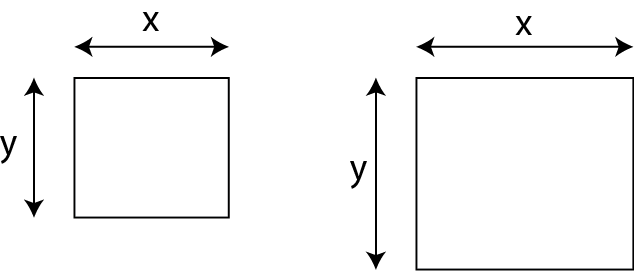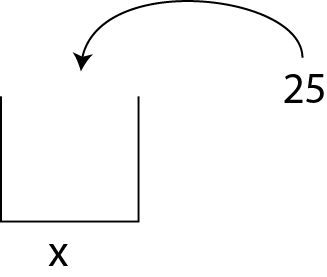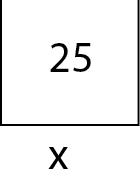Variables
You may already be familiar with the idea of variable from Math

x, and y (which should be familiar to you from Mathematics) are essentially variables


You can reuse the variable over and over. You can manipulate it. You can read what is in it and write into it. (eg. store the score of a game).
When you want to store something in a variable, we use the "=" sign. We call this assigning a value to the variable
Area of the square?

x, and y (which should be familiar to you from Mathematics) are essentially variables
A variable is a container (basket) with a name. In the follwing example, x is a variable
var x = 25;


You can reuse the variable over and over. You can manipulate it. You can read what is in it and write into it. (eg. store the score of a game).
When you want to store something in a variable, we use the "=" sign. We call this assigning a value to the variable
x = 8.99;This is different from testing whether two things are equal to each other
//It's okay if you don't understand this. We'll go over this in the future if(a == b) {... do something ... } // correct, tests whether a and b are equal if(a = b) {... do something ... } // incorrect, assigns value of b to a
Notes